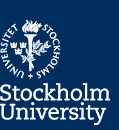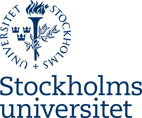Any organism lacking antimicrobial mechanisms would perish from the mere growth of harmless microbes as they colonize all living matter. An innate immune system rapidly stops such microbial growth. Insects rely solely on innate responses as they lack an adaptive immune system like ours with antibodies.
First, the immune system must recognize the invading microbe as foreign to start the innate defence. We have studied the nature of the interaction between microbial signature molecules and their receptors. In insects, receptors for bacterial cell wall peptidoglycan (PGRPs) seem to be most important for the detection of invading bacteria. In addition, we have found that some members of this family of peptidoglycan recognition proteins are enzymes that can cleave peptidoglycan into pieces that are not recognized as foreign. Thus, proteins belonging to the same protein family are either positive or negative regulators of innate immunity.
Secondly, the recognition of bacteria leads to activation of genes for effector molecules that recognize the invading bacteria as foreign and kill them. Antibacterial peptides, named cecropins, were also first isolated from insects at Stockholm university.
Selected publications
Steiner, H., Hultmark, D., Engström, A., Bennich, H. and Boman, H.G. (1981). Sequence and specificity of two antibacterial proteins involved in insect immunity. Nature 292, 246-248
Kang, D.W., Liu, G., Lundstrom, A., Gelius, E. and Steiner, H. (1998). A peptidoglycan recognition protein in innate immunity conserved from insects to humans. Proc Natl Acad Sci USA 95, 10078-10082.
Mellroth, P., Karlsson, J. and Steiner, H. (2003). A scavenger function for a Drosophila peptidoglycan recognition protein. J. Biol. Chem. 278, 7059-7064.




